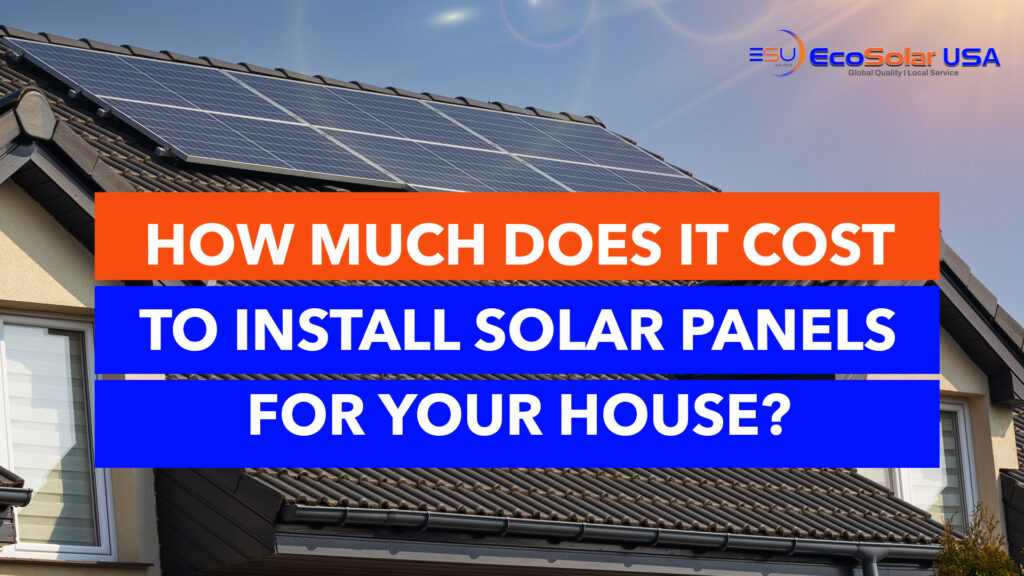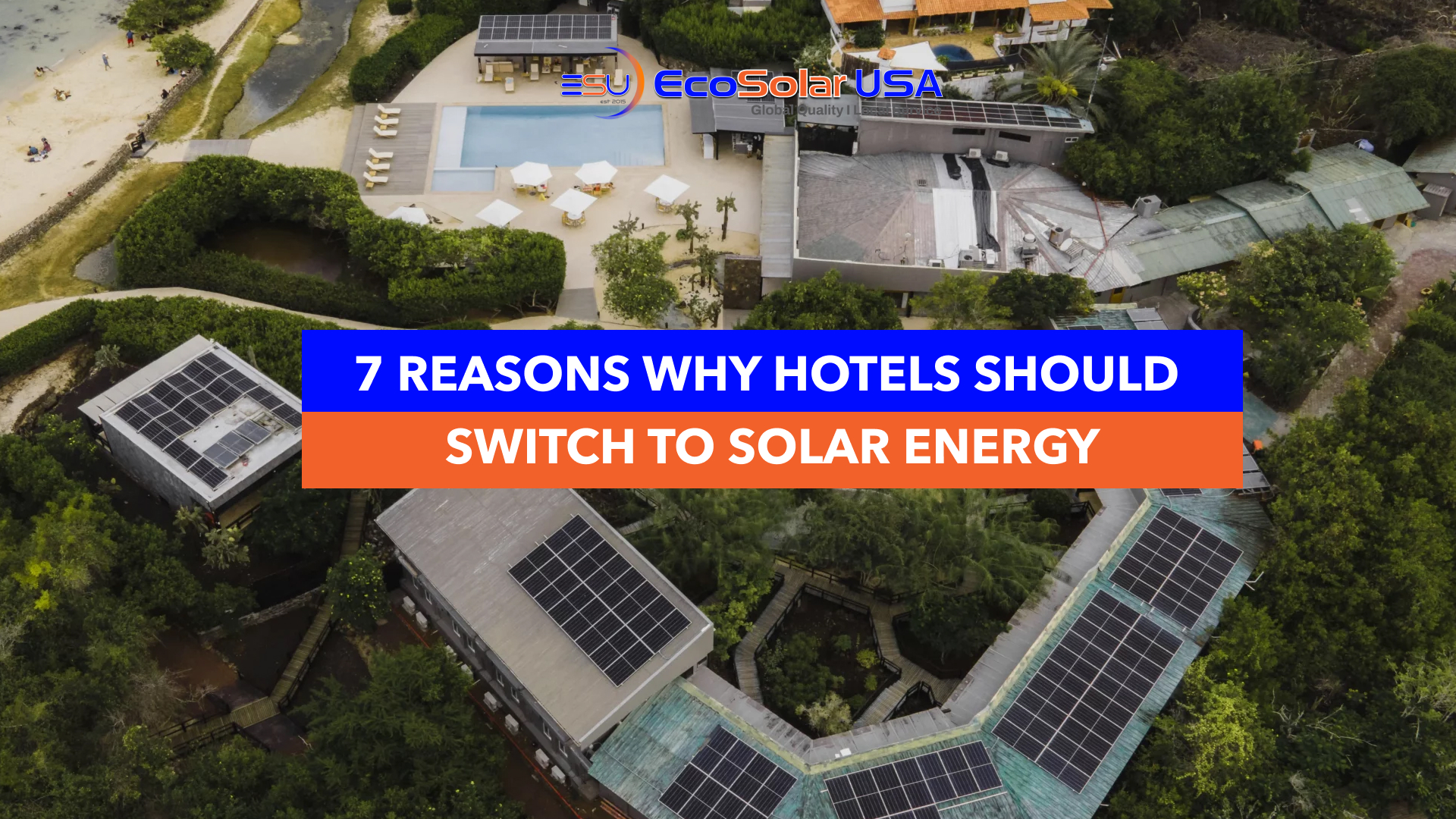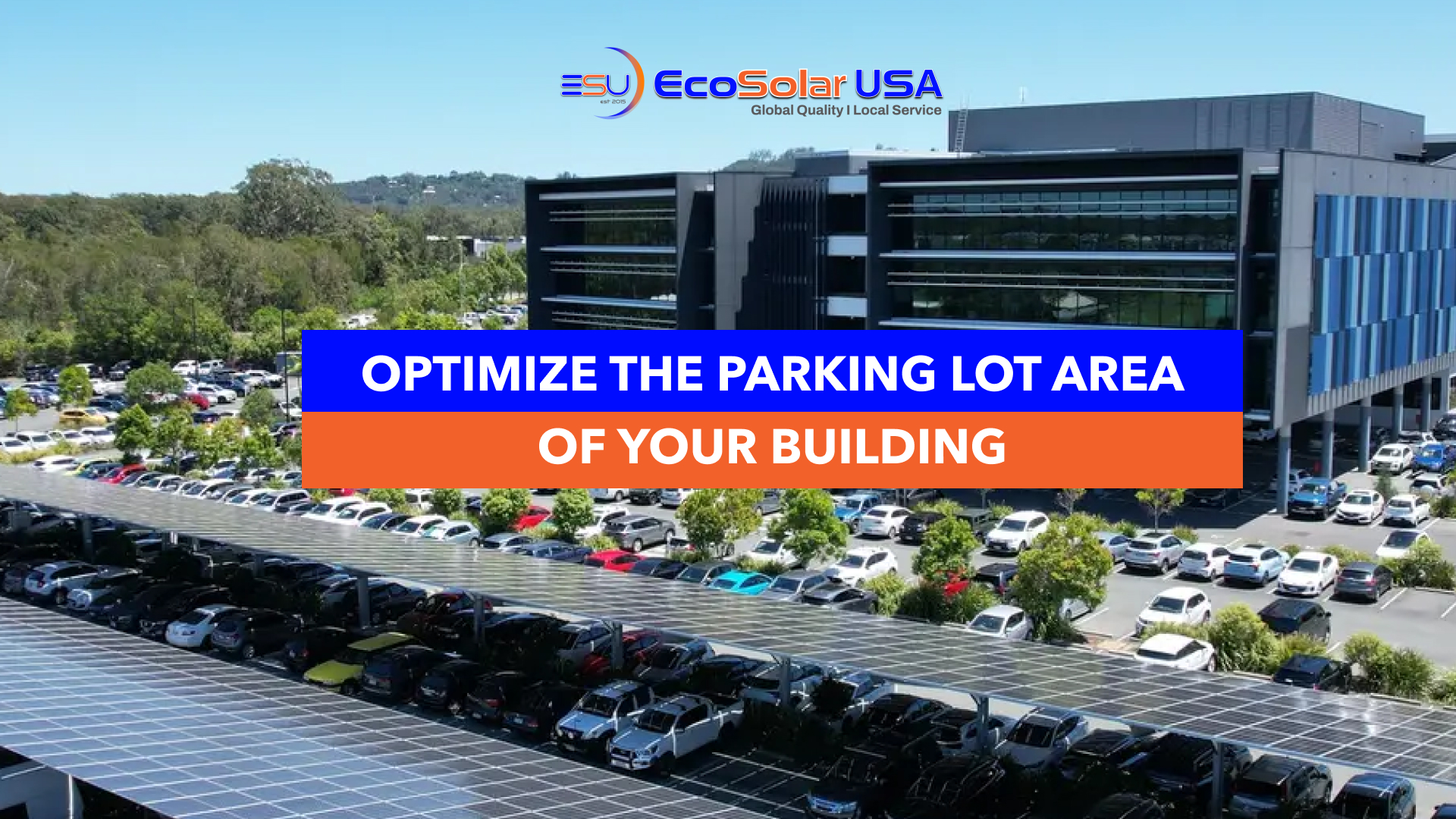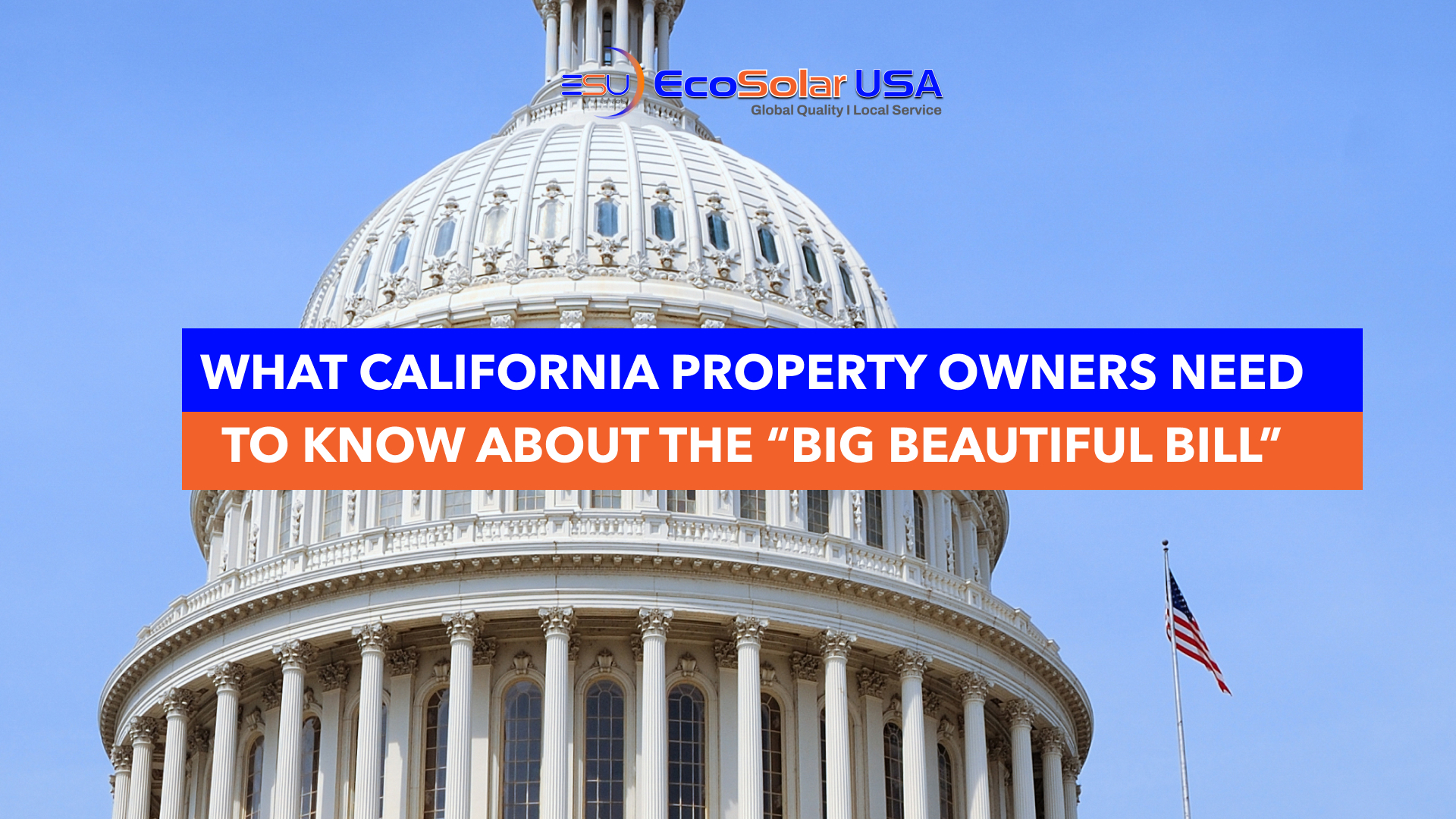
(California & Texas Edition | Updated October 2025)
Investing in solar panels is a major decision—and one of the biggest questions homeowners ask is:
“How much will it cost me?”
The answer depends on several factors—your region, system size, equipment, incentives, and installer.
In this guide, we’ll break down:
- Typical solar installation costs in California and Texas
- What drives the cost up or down
- How to evaluate your quote and system size
- Incentives and timing you should know
- What you should expect after incentives
1. Typical Solar Costs: California vs. Texas
California
According to EnergySage (Oct 2025), the average cost for a solar panel system in California is about US$2.36 per watt installed.
A typical 5 kW system costs roughly US$11,809 before incentives.
SolarReviews shows an average cost of US$3.14 per watt, meaning a 7.2 kW system can reach US$22,600 before incentives, or about US$15,820 after the 30% federal tax credit.
Texas
EnergySage (Oct 2025) lists the average cost per watt in Texas at US$2.16, putting a 5 kW system at about US$10,786 before incentives.
SolarReviews reports costs averaging US$2.84 per watt, or roughly US$14,314 for a 7.2 kW system after incentives.
✅ Summary Comparison Table
| Region | Cost per Watt (approx) | Typical System Size | Est. Cost Before Incentives | After 30% Tax Credit |
| California | $2.3–$3.1/W | 5–7.2 kW | $11,800–$22,600 | $8,260–$15,820 |
| Texas | $2.1–$2.8/W | 5–7.2 kW | $10,800–$14,300 | $7,550–$10,010 |
2. What Drives the Cost of Solar Installation?
| Cost Factor | Impact on Price | Details |
| System Size (kW) | 🔼 Larger = higher total cost but lower $/W | Larger systems offer better value per watt |
| Equipment Quality | 🔼 Premium = higher efficiency & warranty | Preferred brands: Tesla, Enphase, Maxeon, Hyundai |
| Roof Type & Condition | 🔼 Complex roofs increase labor | Tile or shaded roofs need extra mounting work |
| Permitting & Labor | 🔼 Higher in CA, moderate in TX | California’s codes add administrative cost |
| Incentives & Tax Credits | 🔽 Reduces net cost by up to 30–40% | Federal & local rebates apply |
| Financing Type | 🔽 or 🔼 Depending on terms | Cash = cheapest; PPAs may cost more over time |
3. How to Estimate Your Own Cost
| Step | Action | Example (California) |
| 1. Review your average monthly electricity use | Find your utility bill (kWh/month) | 900 kWh/month |
| 2. Determine offset target | Decide what % to cover | 100% offset |
| 3. Estimate system size | Divide by local sun hours (5.5h/day) | ~5 kW |
| 4. Apply cost per watt | Multiply by $2.8/W | $14,000 |
| 5. Apply 30% federal credit | Subtract $4,200 | $9,800 final est. |
🧾 Pro tip: Always get multiple quotes and compare $/W (dollars per watt), not just total price.
4. Incentives That Reduce Your Net Cost
Federal Solar Tax Credit (ITC)
- 30% credit on total system cost (equipment + installation)
- Valid for systems installed through Dec 31, 2032
- Applies to both California and Texas homeowners
State & Local Incentives
| State | Program | Benefit | Source |
| California | DAC-SASH (for qualifying low-income homeowners) | Rebates up to $3/W | EnergySage |
| Self-Generation Incentive Program (SGIP) | Battery rebates (Tesla Powerwall, Enphase IQ) | California Energy Commission | |
| Property Tax Exemption | Solar system value not added to property tax | California Tax Board | |
| Texas | Local utility rebates (CPS, Austin Energy, Oncor) | $500–$2,500 | SolarReviews |
| Property Tax Exemption | 100% of added system value | Texas Comptroller | |
| Net Metering (utility-based) | Credit for exported power | REP or municipal utility |
5. Estimated Cost After Incentives
| System Size | California (Est.) | Texas (Est.) |
| 5 kW | $11,809 → $8,266 after tax credit | $10,786 → $7,550 |
| 6 kW | $14,500 → $10,150 | $12,600 → $8,820 |
| 7.2 kW | $22,600 → $15,820 | $14,300 → $10,010 |
💡 Note: These costs exclude roof work, upgrades, or optional battery storage.
6. Return on Investment (ROI) & Payback Time
| State | Avg. Payback Period | 25-Year Savings | Avg. Electricity Rate (¢/kWh) |
| California | 6–8 years | $25,000–$40,000 | 29–33¢/kWh |
| Texas | 8–10 years | $15,000–$25,000 | 14–18¢/kWh |
As utility rates rise (avg. +3–5% yearly), solar savings accelerate—especially in California.
7. Financing Comparison Table
| Financing Type | Upfront Cost | Ownership | Incentive Eligibility | Best For |
| Cash Purchase | High | You own it | ✅ Full tax credit | Max long-term ROI |
| Solar Loan | Low upfront | You own it | ✅ Full tax credit | Homeowners wanting financing |
| Lease / PPA | $0–Low | Installer owns | ❌ No tax credit | Renters or low-credit homeowners |
8. Tips to Get the Best Value
- Compare at least 3 installer quotes side-by-side.
- Verify your installer is licensed and NABCEP-certified.
- Review warranty terms (prefer 25 years on panels & 10+ on inverters).
- Ask if your quote includes permits, inspections, and utility interconnection.
- Choose trusted brands: Tesla, Enphase, Maxeon, Hyundai.
- Plan ahead if you might add a battery or EV charger later.
Installing solar panels in California or Texas typically costs $2–$3 per watt before incentives.
For a 5–7 kW system, expect to spend $10,000–$25,000 upfront, or $7,000–$16,000 after the 30% federal tax credit.
With rising utility rates and reliable sunshine, most homeowners recover their investment in under 10 years—and enjoy decades of energy savings and higher property value.
About Eco Solar USA
With over 10 years of experience serving California and Texas homeowners, Eco Solar USA partners with premium brands like Tesla, Enphase, Maxeon, and Hyundai to deliver high-efficiency systems built for long-term performance and savings.💬 Contact us today for a free quote and personalized solar cost estimate for your home.



